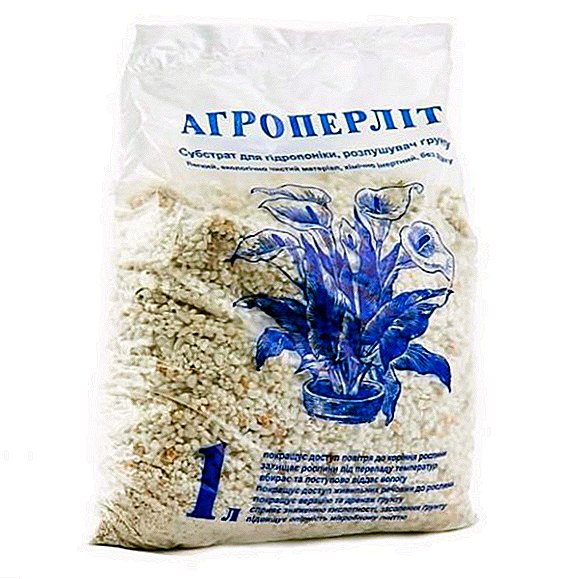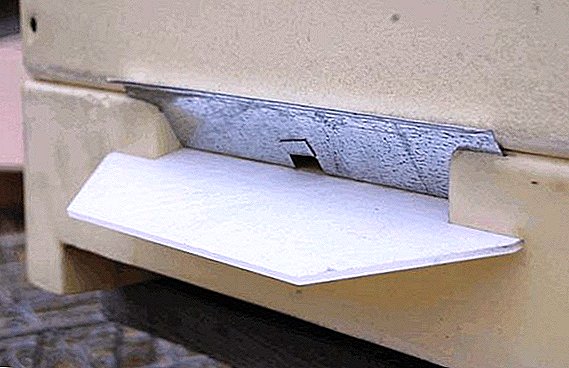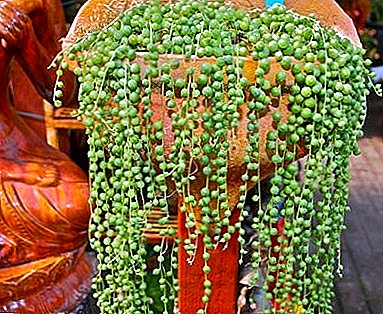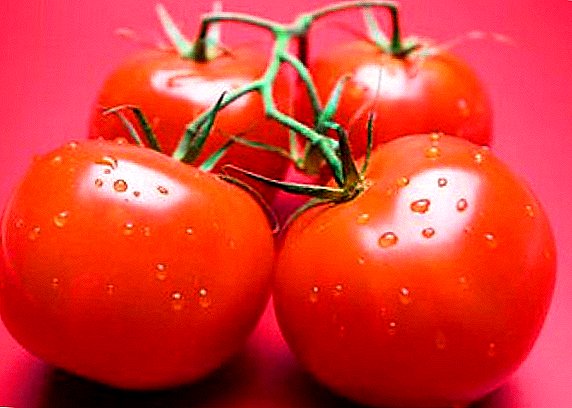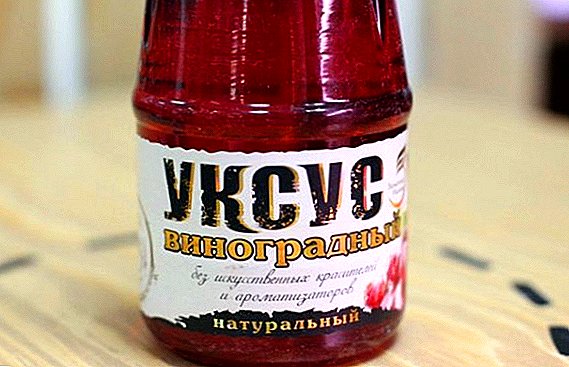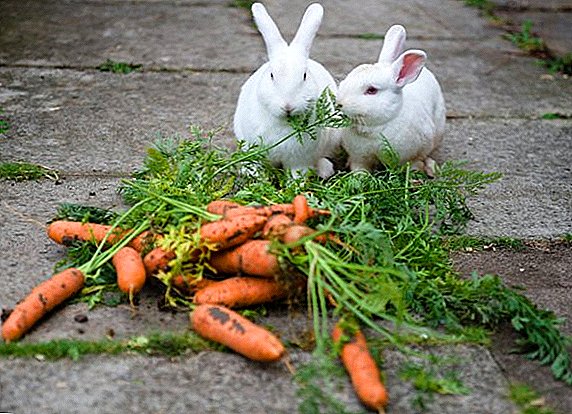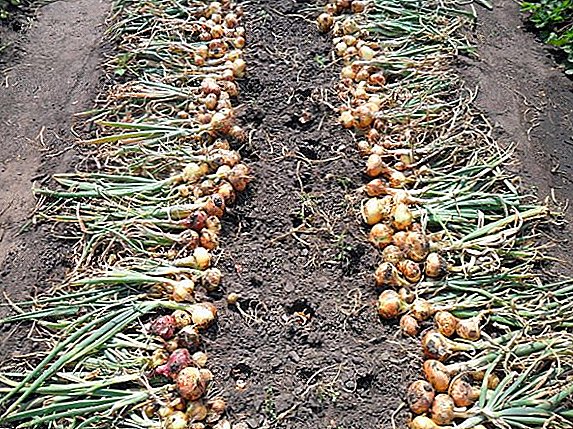 According to legends, argonauts brought pheasants to Greece from the Georgian city of Phasis (now Poti). Their appearance is unusual: bright color, which can vary, exactly eighteen feathers in the tail, and around the eyes there is no plumage. Today, many farmers breed these birds, because their meat is valued for its dietary qualities and great taste. Consider the process of breeding pheasants in an incubator.
According to legends, argonauts brought pheasants to Greece from the Georgian city of Phasis (now Poti). Their appearance is unusual: bright color, which can vary, exactly eighteen feathers in the tail, and around the eyes there is no plumage. Today, many farmers breed these birds, because their meat is valued for its dietary qualities and great taste. Consider the process of breeding pheasants in an incubator.
Benefits of breeding pheasants in an incubator
The value of pheasants is determined not only by their beautiful appearance, but also by tasty and, of course, useful meat, so their price is quite high. Let's look at the reasons why it is worth breeding pheasants in an incubator:
- females of pheasants almost do not hatch;
- egg laying is not local;
- there is always the risk of damage to eggs by other individuals in the aviary;
- the need for grooming females disappears.
 Thus, if you choose the incubation method of breeding pheasants, you have some guarantees that you can get the maximum number of healthy and viable chicks from high-quality eggs.
Thus, if you choose the incubation method of breeding pheasants, you have some guarantees that you can get the maximum number of healthy and viable chicks from high-quality eggs.It is known that eggs contain a large amount of vitamins and nutrients. Find out the beneficial properties and methods of using pheasants in cooking.
Which eggs are suitable for incubation
In order for the incubation process to produce the necessary results, it is necessary to approach the choice of eggs very carefully. Pay attention to such factors:
- the size - eggs should be large. Chicks hatched from their small eggs may have congenital defects;
- parents - if there is such an opportunity, information about the health of the parents should be clarified. If the female or male was subject to disease, then the probability of healthy offspring is extremely small;
- shell - the surface must be whole. Cracks, bloody inclusions and large pores are unacceptable;
- Colour - in this case, the rule of the "golden mean" should work. The shell cannot be very light or very dark. The percentage of surviving embryos directly depends on the color of the shell.
 If you follow the simple rules, you get healthy and viable chicks.
If you follow the simple rules, you get healthy and viable chicks.Rules for storing eggs
After suitable eggs have been selected for incubation according to all criteria, they should not be immediately placed in the incubator. Experts agree that they should be allowed to lie down. The term of such a "lying" can vary from 3 to 14 days. The place should be cool and protected from light and sunlight so that the eggs do not overheat. And humidity can not exceed the permissible rate of 75%.
Important! Pheasants have low survival rates. 35% of young birds die before they reach the age of 6-10 weeks.
Additional egg scanning
In order to discard any doubts about the correctness of the choice of eggs, you can use a special device called an ovoscope. The principle of its operation is simple, as all ingenious. A beam of sufficiently bright light illuminates the surface. Thus, you can see the defects that are likely to miss the naked eye.  It is through the ovoscope that one can discern the blood in the white or yolk, the mold, the breaking of the shell of the yolk and the displacement of the air chamber. If you notice any of these problems, these eggs should be replaced immediately.
It is through the ovoscope that one can discern the blood in the white or yolk, the mold, the breaking of the shell of the yolk and the displacement of the air chamber. If you notice any of these problems, these eggs should be replaced immediately.
Do I need to wash before laying
Everyone knows the phrase: "Clean - the guarantee of health." But in this case, the experts did not come to a single solution. There is an opinion that after washing, the percentage of hatchability of chicks can decrease. But other sources claim that there is nothing terrible about it. So everyone decides for himself.
If you decide to wash the pheasant's eggs before laying in the incubator, it is necessary to do this very carefully, since the protective shell of the embryo (shell) has a rather high brittleness. Experienced farmers recommend placing the eggs on a wire rack and carefully lower them into a weak solution of potassium permanganate. Periodically they should be rotated until they are clean.
The temperature of this solution should not exceed 27-30 ° C. If you absolutely do not want to wash the eggs, you can gently remove the dirt by wiping them with a damp cloth. 
Egg laying
Due to the fact that the eggs are stored in a cool place, just before laying in the incubator should be allowed to warm up. To do this, they simply lie down for five hours at room temperature. If they are immediately placed in an incubator, they will naturally condensate, which can lead to mold and loss of offspring.
Poultry farmers should be familiar with the most common diseases of pheasants and methods of their treatment at home.
The first step is to turn on the incubator itself so that it warms to a temperature of +37.8 ° C. Directly laying should be done carefully so as not to damage the shell. It is preferable to choose eggs as close as possible in one tab. This is necessary so that the chicks hatch at the same time.  If you have different eggs available, then between the bookmarks it is worth making small pauses (up to four hours). Always start with the largest.
If you have different eggs available, then between the bookmarks it is worth making small pauses (up to four hours). Always start with the largest.
The incubation mode of pheasant eggs
The correct mode of incubation of pheasant eggs is presented in the table.
| Period | Timing | Temperature | Humidity | Turn | Cooling |
| 1 | 1-7 day | +37.8 ° С | 60-65% | 4 times a day | - |
| 2 | 8-14 day | +37.8 ° С | 60-65% | 4-6 times a day | - |
| 3 | 15-21 days | +37.8 ° С | 60-65% | 4-6 times a day | 1-2 times per day for 10-15 minutes |
| 4 | 22-24 day | +37.5 ° С | 75-80% | - | - |
If the regime is observed, hatching of the first chicks can be expected on the 24th day. 
Stages of embryo development
Since the eggs were placed in a heated incubator, the embryo continues its development. The mesoderm appears - tissues and organs form from it. Through the outer leaflet is the formation of claws, skin, feathers, as well as the nervous system. The inner leaf takes part in the formation of the gastrointestinal tract, lungs, liver and endocrine glands.
We advise you to get acquainted with the best breeds of pheasants, as well as consider the characteristics of gold, royal, eared and white pheasant.
Stages of embryo formation:
- 1st day: a chord (temporary spine) is formed;
- 2nd day: the beginnings of blood vessels, organs of hearing and sight appear, the heart begins to contract;
- 3rd day: the full cycle of blood circulation begins to function, the rudiments of legs and wings appear;
- 4th day: the separation of the embryo from the yolk ends;
- Day 5: goiter, stomach, skeletal rudiments are formed;
- Day 6: a beak appears, the circulatory system takes part in the process of breathing through the absorption of oxygen from outside;
- Day 7: gender is determined;
- Day 8: ossification of the skeleton occurs, the rudiments of feathers are formed;
- Day 9th: ends of keratinization of the beak;
- Day 11: claws appear;
- Day 12: eyelids cover the cornea;
- Day 13: there is fluff all over the body;
- Day 15: claws completely horny;
- 19th day: eyes open;
- Day 20-25: pulmonary breathing begins and the shell is cursed.

What day do chicks appear
Pheasant chicks appear on the 25th day after placing the eggs in the incubator. Like all babies, they are just beginning to learn the world, which so far holds many dangers for them.
Important! The national Georgian dish chakhokhbili is prepared in a classic recipe from pheasant meat. However, nowadays this bird is listed in the Red Book. That is why such meat can be purchased only at a high price in the "black" market. It is worth remembering that in many countries, the purchase of animals at an extinction stage is a criminal offense.First of all, it is necessary to ensure that the chicks do not drown in the water bowl. To do this, the water level in it should be no higher than the bobbin. It also needs to be warm. Otherwise, to warm up, they gather in a heap, stepping on each other, and may die. In addition, the chicks must often be fed: at least once every two hours during the day and once, and preferably twice at night.

Frequent newbie mistakes
Here is a list of the most common mistakes when looking after pheasant babies:
- overheat - dangerous because chicks hatch too early. Their internal organs do not have enough time to form;
- underheating - Chicks appear later and with pronounced defects in development;
- low humidity - guarantees weakness and exhaustion. There is also the danger that the chick will simply dry out to the shell;
- high humidity - slows down or completely stops the development of the embryo.
You will certainly be useful to learn all the features of breeding pheasants at home.
As you can see, to grow this type of bird is crucial to follow the instructions, despite the presence of an incubator. Pheasant babies are very sensitive, and it is imperative to ensure proper care immediately after birth.
It does not matter for what purpose you want to grow these wonderful birds. If you take into account all the tips and adhere to the recommendations, incubation of pheasant eggs will be easy, and the result will be healthy and numerous chicks.



